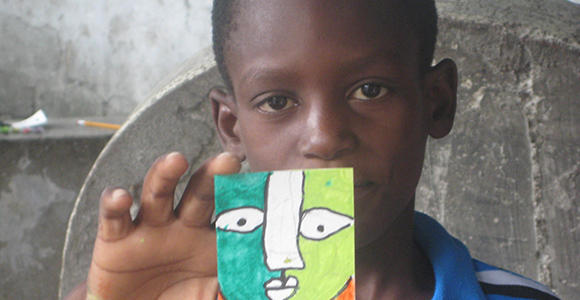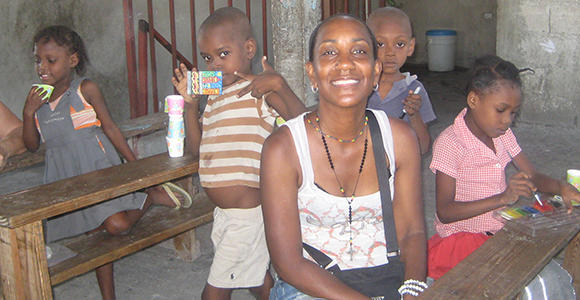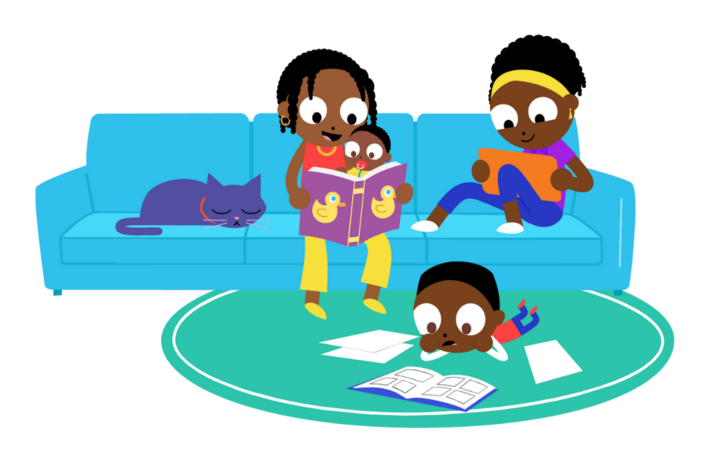
Section Branding
Header Content
How I Spent My Summer Vacation Teaching Art in Haiti
Primary Content

Guest blogger/teacher Karen Packer shares how she spent her summer vacation: teaching art to students in Haiti and how other teachers can do the same next summer.
I’ve always wanted to visit Haiti. As an educator, its remarkable history is both significant and compelling. Haiti is the first independent nation of Latin America and the Caribbean, the first black-led republic in the world, and the second republic in the Americas when it gained independence from French rule in 1804 as part of a successful slave revolution.
The opportunity to travel to Haiti came through the art teacher at my school, Kathy Barbro, who was working with the non-profit organization Project HOPE Art. PHA supports children in hospitals, orphanages and schools and communities in disaster stricken areas through art, literacy and nutrition programs. She was planning her third trip to Port au Prince and I volunteered to come along. Another colleague, Denise Matthews, joined the group and our adventure was set.
There is an intense energy on the streets of Port au Prince. On our drive to the historic Hotel Oloffson we pass people selling everything from furniture and motor oil to vegetables and candy from street-side stores.
Our first school, Centre d’ Education et de Formattion des Jeunes, is located in Cite Soleil, one of the poorest areas in the Western Hemisphere. The lesson is Drawing Faces and Places. A translator converts our words from English to Hatian Creole as the forty-or-so neighborhood children work at long wooden desks inside the newly constructed cinderblock building that has no electricity or running water. The children, ranging in age from three to their teens, use pencils, Sharpies and water colors to draw faces on small trading cards while we circulate and offer guidance and encouragement. When they finish their cards they exchange them for cards we received from children in Thailand, Canada, Alaska and other US cities who had completed the same lesson in their classrooms.
Karen Packer and her students in Centre d'Education et de Formattion des Jeunes

We interchange this lesson, a pom pom-making project, and a weaving project at nine schools and orphanages, and at the Ti Kay (Little House) TB clinic during our almost two weeks in Haiti. Some of the orphans lost parents in the 2010 earthquake and some are restavecs rescued from domestic servitude. In each place we are greeted with smiles, hugs and sometimes kisses. The smallest orphan is a little girl around two years-old who was placed with her brother and sister when their parents were unable to care for them. She could barely hold the pen, but she worked on her picture with the same determination and zeal that characterized all of the Haitian children we met.
Port au Prince is a hot and dusty place; the mosquitoes are fierce, and travelling by motorbikes and tap-tap busses is complicated and tiring. But it is the most satisfying work I’ve done so far. Haiti hasn’t seen the last of me!
Interested in teaching in Haiti next summer? Here is a list of organizations mentioned in this article.
Educators, did you spend your summer vacation abroad teaching or involved in a volunteer project? Let us know here.
Guest blogger/teac





